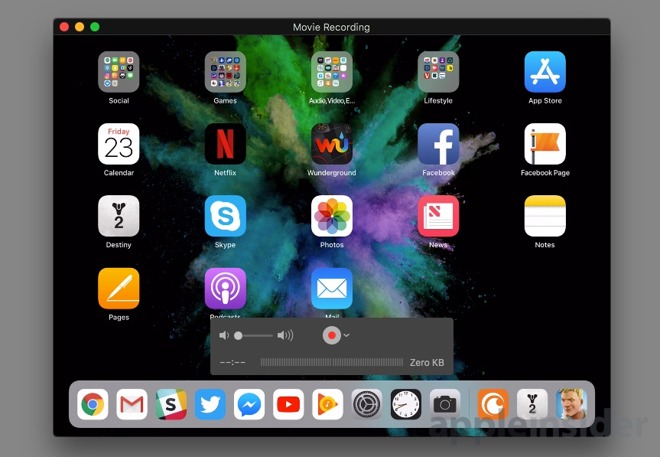rocknowbot
Screening For Mac
A common problem, judging by the number of emails and comments we receive from readers, is when users unintentionally trigger full screen mode, and then don’t know how to exit it. This is especially problematic in, because Apple changed the way that the buttons in a window’s title bar work, making it easier to inadvertently enter full screen mode. In OS X Lion through OS X Mavericks, the full-screen button was in the upper-right portion of a window.
Cookbook template for apple pages. online cookbook template. Click Okay, then go to FILE > Save As and select PDF from the file type drop-down menu to save your PDF. Select the Save tab on the left and make sure that the box for “Embed fonts in this file” is checked, but uncheck the boxes below it (“Embed only the characters used in the document” and “Do not embed common system fonts”). Then, in the “Save to PDF (or XPS)” dialog box, click the “Options” button and check the “ISO 19005-1 compliant” box, which should automatically put a check in the “Bitmap text when fonts may not be embedded” box. Microsoft Word (Mac): When exporting your PDF on a Mac, there is no option to embed fonts, so simply select File > Save As and choose PDF from the Format drop-down menu. Microsoft Word 2007 (PC): To export your Word 2007 document on a PC, click on the Microsoft Office Button in the upper left hand corner and choose “Word Options”.

From OS X Lion through OS X Mavericks, users could enter full screen mode by clicking a small icon in a window’s upper-right corner that displayed two arrows pointing away from each other. In OS X Yosemite, Apple eliminated this icon and instead on the top-left side of the window. This button had traditionally been used to maximize a window to the largest needed dimensions, but clicking it in Yosemite instead triggers full screen mode.
New in OS X Yosemite, the green button on the top-left side of the window is now the full screen button. With this change, it’s easy to envision many users accidentally entering full screen mode, but the trick is that these same buttons disappear when an app is in full screen mode. The only way to access them is to hold your mouse or trackpad cursor at the upper-left portion of the screen and wait a second or two for the buttons and menu bar to appear — a step that is not immediately obvious to those new to OS X. Related: If you can get this hidden bar to appear in full screen mode, you can easily exit the mode by clicking the green button again.
Screening Machines For Rent
A faster way, however, is to use the keyboard. There are two ways to leave full screen mode in OS X by using the keyboard:. Press the Escape key. Use the keyboard shortcut Control-Command-F While the Escape key is easier to remember and use, it doesn’t always work with all apps. Also, it will only take you out of full screen mode; it can’t enable full screen mode from the Desktop. Therefore, you’re better off memorizing Control-Command-F if you plan to frequently use full screen mode in OS X.
With the use of this shortcut, you can quickly take the active app into full screen mode, such as when you want to focus on just one thing at a time, and then leave full screen mode just as easily. Want news and tips from TekRevue delivered directly to your inbox?

Sign up for the TekRevue Weekly Digest using the box below. Get tips, reviews, news, and giveaways reserved exclusively for subscribers.